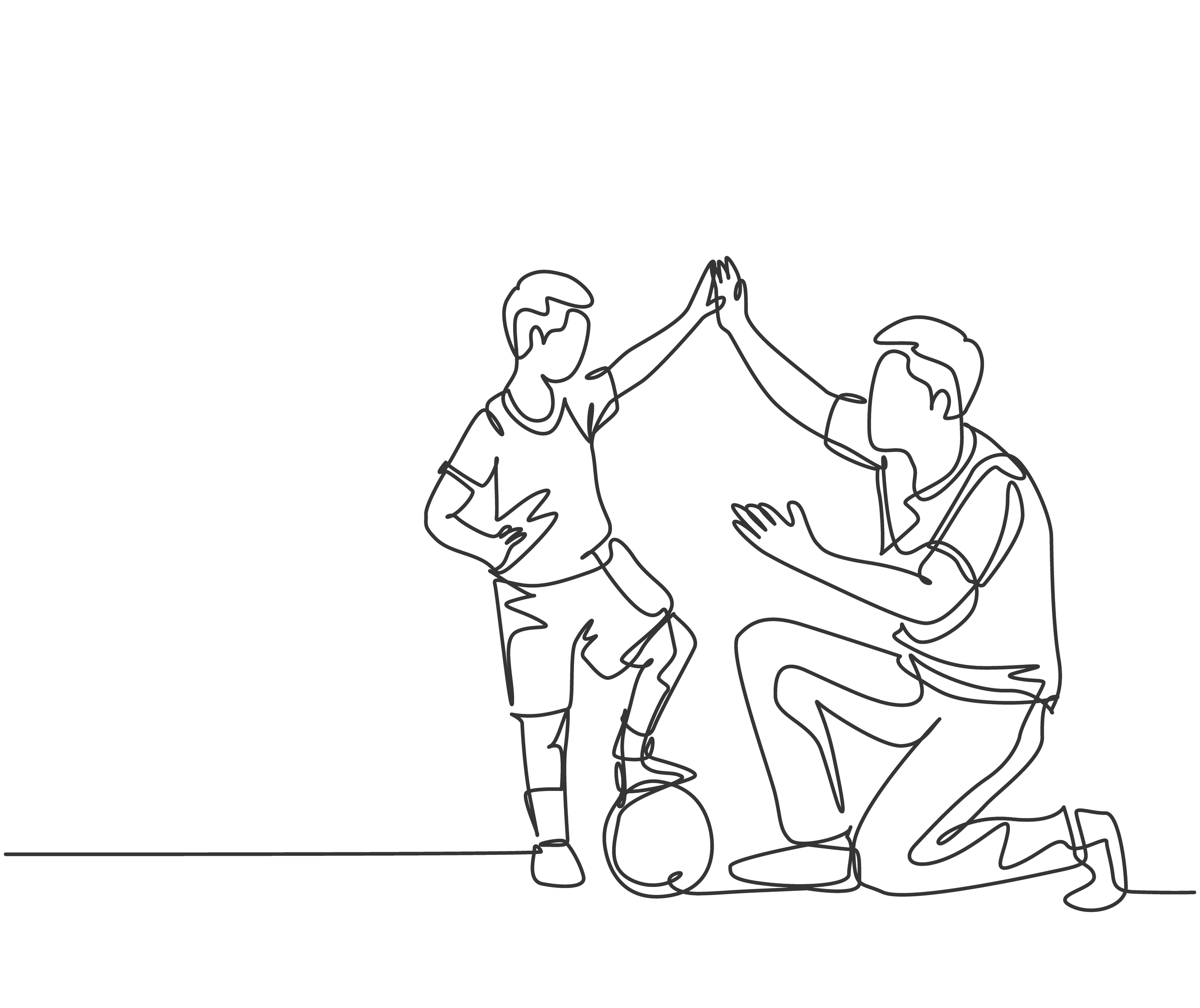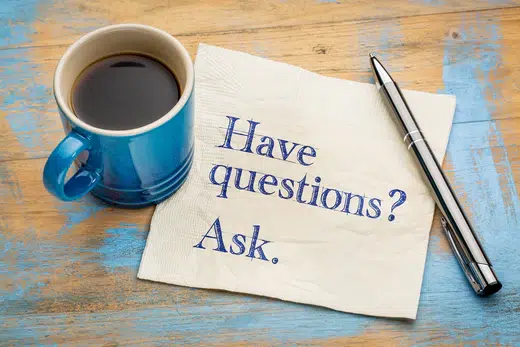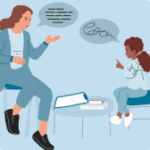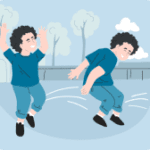Movement Breaks in the Classroom
Incorporating movement breaks throughout the school day can have significant benefits for children. These breaks can improve concentration and cognitive function, allowing children to return to their studies with renewed focus and energy. Movement encourages blood flow, nourishing the brain with more oxygen and also aiding in the release of endorphins that promote improved mood and stress relief. Regular short bursts of physical activity throughout a lesson can encourage students
To monitor movement breaks effectively, classroom teachers can implement a structured schedule that allocates specific times for physical activity during a lesson. Using a timed timer to signal the start and end of movement breaks allows students the ability to self monitor when taking the breaks independently of the class. Additionally, incorporating a variety of guided activities, such as stretch sessions or quick dance routines, can make these breaks more engaging.
Quiet movement breaks can be just as effective. Activities like yoga or tai chi introduce calming movements that increase flexibility and balance, while also teaching students about self-regulation and mindfulness. Even simple stretching exercises can support students in regulating their sensory needs.

Seated movement breaks are also a great way to engage in movement, while also empowering students to begin to decide for themselves when a movement break is needed. Some students may need a hand signal or gentle reminder that their body may need a break, while other students may be able to self determine when a movement break is necessary. Chair aerobics, seated leg lifts, or even simple stretching exercises that target different muscle groups may be just the right move for your students.

Wobble chairs or seat cushions might be more appropriate for students who need consistent movement. Another option is to teach your students to do seat lift. Simply have them grasp the seat of the chair and push up with their arms, essentially lifting their body out of the seat of the chair. This may be enough of a push of the body to give them the movement break that they need.
A wall push is another short, simple movement break. Designate an area on the wall that students can do a standing push up, or just push against the wall. Use hand shaped decals on the wall and let students know how to use this sensory tool. Place a balance board, or balance board maze nearby to add to the experience. Even using some tactile wall paper may help your students have a space for the movement they need.
Integrating brain gym exercises into movement breaks is another creative strategy to enhance learning and physical well-being. Brain gym activities are designed to prime the brain for optimal learning by engaging the body through simple movements that stimulate brain function. These include cross-lateral movements such as the ‘cross crawl,’ where students touch opposite knees and elbows to improve coordination, or the ‘lazy 8s,’ where they trace the figure eight to enhance eye mobility and visual tracking. There are countless Youtube videos on Brain Gym that you may find useful in your classroom.












 Speech Therapy
Speech Therapy Physical Therapy
Physical Therapy Occupational Therapy
Occupational Therapy

